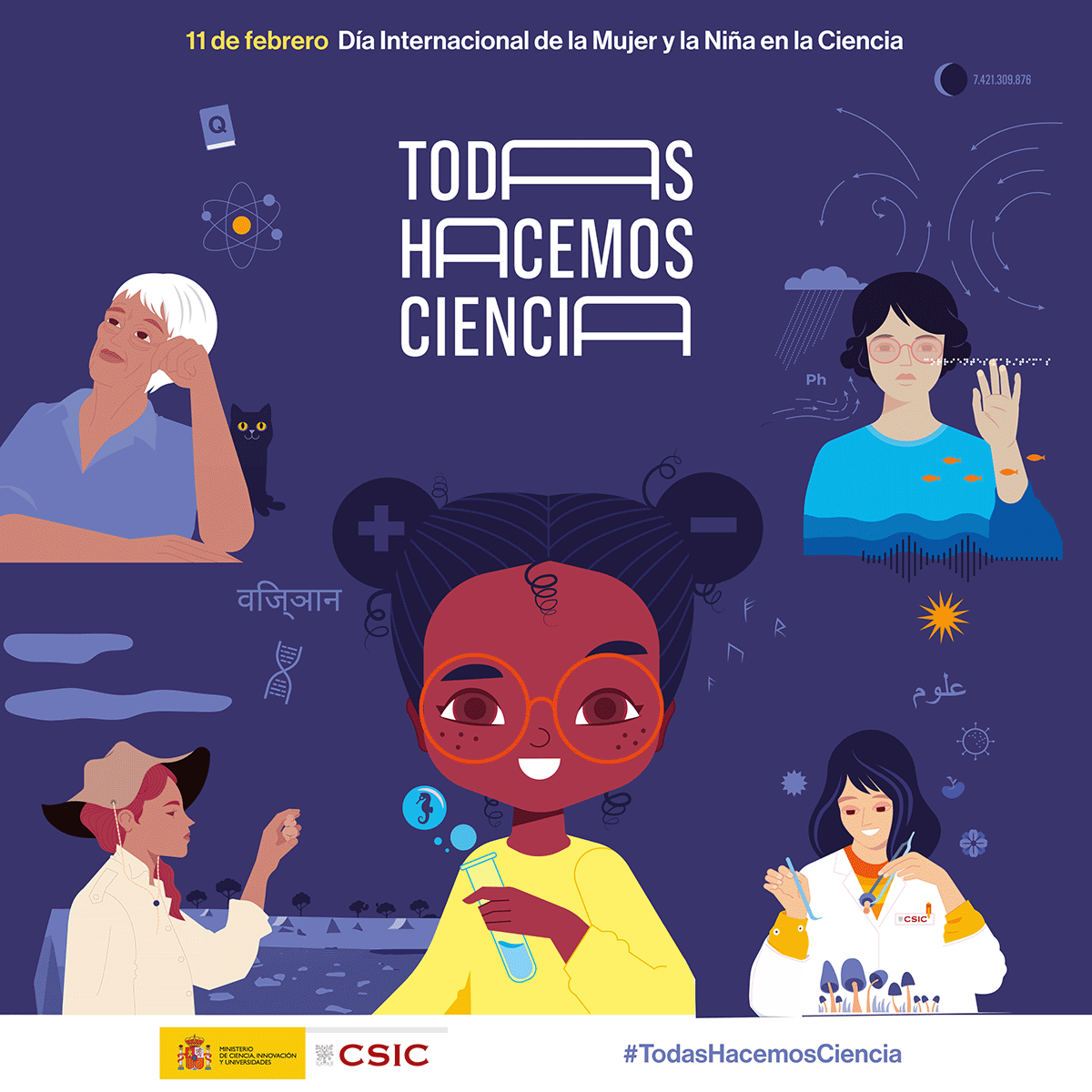Femtosecond laser thinning for resistivity control of tungsten ditelluride thin-films synthesized from sol-gel deposited tungsten oxide
-
Researchers succeed in controlling electrical resistivity in the generation of tungsten ditelluride (WTe₂) thin films using a femtosecond laser.
Madrid / January 17, 2024
2D materials, which are one or a few atomic layers thick, are very interesting in research today because they show great improvements in many physical and chemical properties compared to normal materials.
In addition to studying the applications and properties of these new 2D materials, another major challenge is to produce them at low cost and with the desired characteristics.
Latest News
In this study, a research team formed by members of CSIC and UAM has published a new method to control the resulting resistivity in the fabrication of tungsten ditelluride thin films (WTe₂). The work has been published in the journal “Surfaces and Interfaces” and falls under the ULS_PSB project (PID2020-112770RB-C21 and PID2020-112770RB-C22).
Tungsten ditelluride (WTe₂), like many 2D materials, has aroused great interest due to its unique electronic properties, such as extremely high magnetoresistance and no saturation, pressure-induced superconductivity, being able to be one of the components to be part of the future Tunneling Field Effect Transistor and its potential for various applications in fields such as electronics, optics, chemistry and biomedicine.
The team has developed a synthesis route to obtain WTe₂ thin films using a sol-gel deposit method of tungsten oxide (WO3), followed by a reduction process in metallic tungsten (W) and a final process of tellurization by vapor transport under isothermal conditions.
Using high-energy X-ray photoelectron spectroscopy techniques, complete tellurization of the approximately 300 nm thick thin film was confirmed, identifying a telluride gradient from the surface to the interior of the film.
Among the highlights of this study, the ability to precisely control the electrical resistivity of WTe₂ thin films by selective femtosecond laser thinning is demonstrated. Using femtosecond laser pulses with a duration of 350 fs and a wavelength of 515 nm, an anisotropic conductivity (conductivity changes in one direction or the other) was successfully induced by transforming the material surface by writing periodically separated lines. The results showed that this directional resistivity of the films could be changed from 0.2 mΩ-m to 1 mΩ-m while maintaining the material characteristics.

Scanning electron microscope and X-ray analysis image of the lines created on the surface of a laser-treated region at a maximum fluence of 170 mJ/cm2 / Surfaces and Interfaces
Femtosecond laser thinning of thin films has been used previously on a variety of materials, and in this study we demonstrate its ability to precisely control the properties of two-dimensional films. This control also lies in the increased precision in spatial resolution by using a visible wavelength instead of infrared lasers, allowing transformations of less than two micrometers to be performed by direct laser writing.
This advance in the control of the resistivity of 2D materials opens up new possibilities for its application in electronic devices and emerging technologies. The research team hopes that this femtosecond laser thinning method can be applied to thin films of other similar composite foils, thus broadening the scope of their research.
This study represents a significant step forward in the understanding and manipulation of 2D materials, and its potential impact in fields such as electronics, energy and medicine is promising. Researchers continue to work on improving this method and exploring other applications for tungsten ditelluride thin films and other 2D materials.
This is a collaborative research work of the Material Sciences Institute Nicolás Cabrera of the Universidad Autónoma de Madrid, the Laser Processing group of the IO-CSIC, the Material Sciences Institute of Madrid ICMM-CSIC and the Spanish CRG beamline of the European synchrotron ESRF.
CommunicationIO-CSIC
cultura.io@io.cfmac.csic.es
Related News
The Institute of Optics joins the celebration of 11F
Full and equal access and participation of women and girls in science and technology Madrid / January 31, 2025In recent decades, the international...
Optoplasmonic tuneable response by femtosecond laser irradiation of glass with deep-implanted gold nanoparticles
Ion implantation of Au2+ at MeV energies has enabled the creation of nanoparticles embedded at greater depth, resulting in a Fabry-Perot cavity...
On November 20th, David Grojo from CNRS will give a lecture entitled “New Dimensions Open to Ultrafast Laser Material Modifications”
Madrid / November 13, 2024On Wednesday, November 20th at 11:30 a.m. we will have a seminar organized by the Laser Processing Group in the conference...




